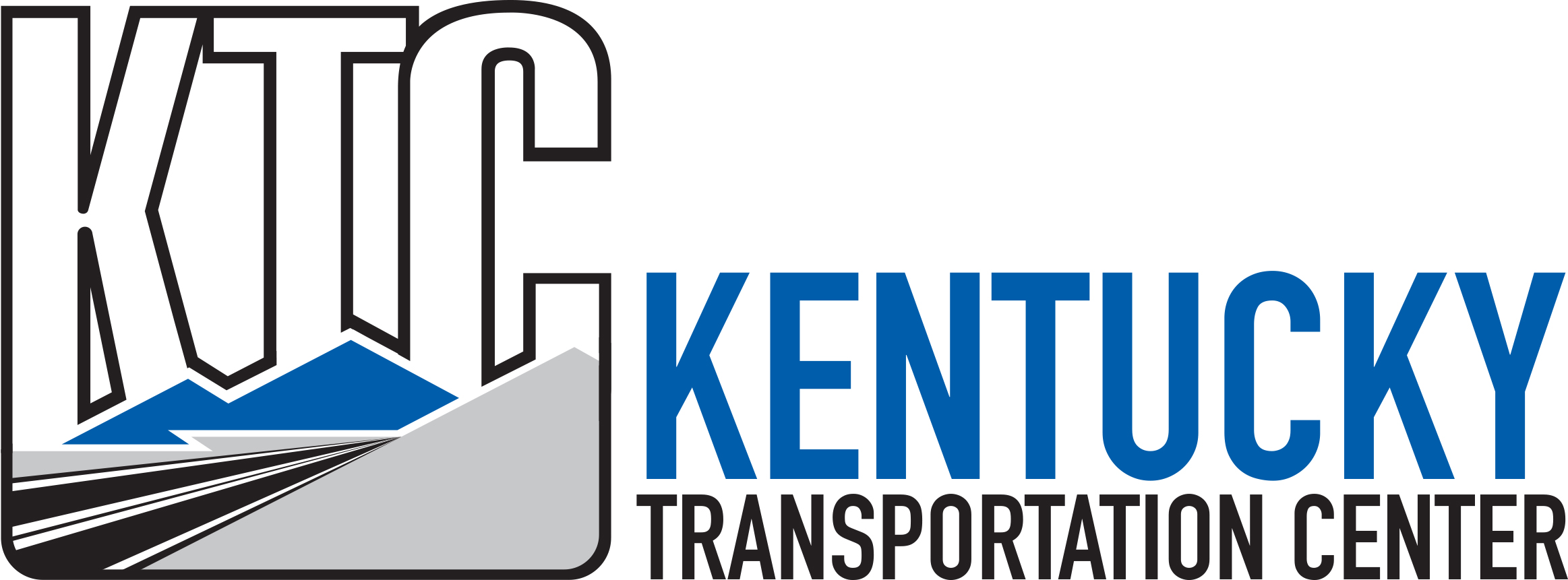Abstract
Objectives of this study were to evaluate standard and experimental surfaces throughout Kentucky in terms of skid resistance and effects of traffic, and to provide criteria for judging suitability of these surfaces to satisfy requirements for skid resistance and economics. The effects of traffic were quantified by regression analysis and scatter of data. Criteria included an estimate of accident risks, effects of speed on skid resistance, and seasonal variations in skid resistance.
The analysis indicated that pavements on low volume roads (less than 1,000 vehicles per day) maintained adequate skid resistances. Open-graded friction courses, with the possible exception of sections using phosphate slag aggregae, maintained adequate skid resistance to meet design requirements. The adequacy of other pavements may be judged from the criteria provided herein.
Estimates of accident reduction were made by combining the relationship between skid numbers and accidents with the distribution of skid numbers for each pavement type. Those reductions were used to calculate benefits which, along with costs of overlay, were used to determine benefits-cost ratios. Benefits exceeded costs for roads having AADT's greater than 750, 2,500, and 5,000 and SN's less than 24, 30, and 35, respectively.
Report Date
9-1980
Report Number
No. 554
Digital Object Identifier
http://dx.doi.org/10.13023/KTC.RR.1980.554
Repository Citation
Burchett, James L. and Rizenbergs, Rolands L., "Frictional Performance of Pavements and Estimates of Accident Probability [Sept. 1980]" (1980). Kentucky Transportation Center Research Report. 800.
https://uknowledge.uky.edu/ktc_researchreports/800



Notes
The contents of this report reflect the views of the authors who are responsible for the facts and accuracy of the data presented herein. The contents do not necessarily reflect the official views or policies of the Bureau of Highways nor of the Federal Highway Administration. This report does not constitute a standard, specification, or regulation.